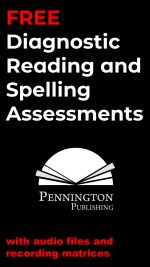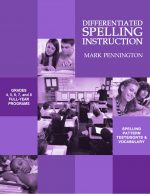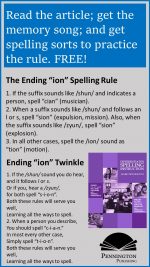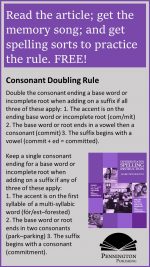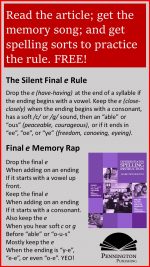Why English Spelling Is So Difficult
President Andrew Jackson once remarked, “It’s a d____ poor mind that can think of only one way to spell a word!” Many Americans would readily agree. In fact, the English language is notorious for its spelling irregularities. Looking at the glass as being half-empty, it is true that only about half of our spellings exactly match their sounds.
What a crazy system, in which the word fish could be spelled as “ghoti.” That’s /f/ spelled “gh” as in rough, /i/ spelled “o” as in women, and /sh/ spelled /ti/ as in nation. Or how about the fact that the “ur” sound /ur/ can be spelled differently five times in one sentence? Her nurse first works early. Or how about the fact that the “sh” sound /sh/ can be spelled in 14 different ways? shine, sugar, ocean, tissue, ration, fuchsia, shist, pshaw, spacious, nauseous, anxious, conscious, chaperone, mansion.
However, looking at the glass as being half-full, the fact that 50% of the spellings exactly match their sounds certainly provides a helpful foundation upon which to build good spelling. We don’t have to memorize every word individually. Upon this 50% foundation, an additional 30% of spellings which conform to about eight of the most useful spelling rules can be added. This leaves about 20% of the words that must be memorized. We call these “Outlaw Words” for good reason. Jessie James couldn’t even spell his own name!
Additionally, our vocabulary is an amalgam of linguistic and historical influences. Over 50% of our academic words are built on ancient Greek and Latin word parts. French and Spanish add to our spelling lexicon as well. So, by studying languages we also improve our English spelling. If fact, spelling and vocabulary have a reciprocal relationship-spelling influences vocabulary and, conversely, vocabulary influences spelling.
So, given that our English spelling system is not simplistic, what should we do?
1. Master the 50% foundation. The common sound spellings are very consistent. A wonderful multiple choice assessment of these patterns can be downloaded free at .
2. Learn the eight conventional spelling rules that will add on another 30% of the spelling words that would be otherwise irregular.
3. Memorize the common Outlaw Words. Many of these are our most frequently used words. Make up memory tricks such as “you would rather have more dessert than a desert” or the “principal is my pal” for difficult words that do not follow the spelling patterns or conventional spelling rules.
4. Memorize the most frequently misspelled words and commonly confused words.
5. Memorize homophones: words that sound the same, but are spelled differently.
6. Study the etymological (how the word was formed in its historical context) connections from Old and Middle English.
7. Study the derivational spellings from other languages. Example: colonel from the French
A Model Grades 3-8 Spelling Scope and Sequence
Preview the Grades 3-8 Spelling Scope and Sequence tied to the author’s comprehensive grades 3-8 Language Strand programs. The instructional scope and sequence includes grammar, usage, mechanics, spelling, and vocabulary. Teachers and district personnel are authorized to print and share this planning tool, with proper credit and/or citation. Why reinvent the wheel? Also check out my articles on Grammar Scope and Sequence, Mechanics Scope and Sequence, and Vocabulary Scope and Sequence.
FREE DOWNLOAD TO ASSESS THE QUALITY OF PENNINGTON PUBLISHING AMERICAN ENGLISH AND CANADIAN ENGLISH SPELLING PROGRAMS. Check out these grades 3-8 programs HERE. Administer my FREE comprehensive Diagnostic Spelling Assessment with audio file and recording matrix. It has 102 words (I did say comprehensive) and covers all common spelling patterns and conventional spelling rules. It only takes 22 minutes and includes an audio file with test administration instructions. Once you see the gaps in your students’ spelling patterns, you’re going to want to fill those gaps.
Get the Diagnostic Spelling Assessment, Mastery Matrix, and Sample Lessons FREE Resource:
![]()

